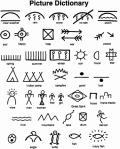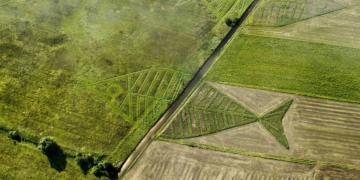The Verona Astrolabe: A Treasure of Astronomy and Evidence of Ancient Scientific Collaboration
According to a recent study led by historian Federica Gigante from the University of Cambridge (UK) and the Italian Museum in Verona, an astronomical instrument originating from Spain serves as strong evidence of international scientific collaboration across borders and cultures from a millennium ago.

The Verona Astrolabe, a 1,000-year-old astronomical instrument – (Photo: ITALIAN MUSEUM IN VERONA).
Dating back to the 11th century, this bronze instrument is a type of astrolabe that has likely traveled across various lands and passed through the hands of multiple owners – according to Science Alert.
An astrolabe is a tool used to chart the skies, employed by humanity for centuries. It consists of a celestial map and a system of rotating components, allowing users to calculate positions in space and time.
The oldest known astrolabe was found in Greece, but it was the Muslims who improved and optimized this instrument.
It stands as evidence of scientific exchange among Arabs, Jews, and Christians.
The inscriptions on the astrolabe indicate that at least three distinct users felt the need to add translations and modifications to the object, making it more aligned with their contemporary understanding. Two of these individuals used Hebrew, while one used a Western language.
Meanwhile, its original crafting style aligns with other astrolabes known to originate from Al-Andalus, a region inhabited by Muslims in Spain during the 11th century. The original inscriptions are also in Arabic.
The star coordinates on this astrolabe correspond with those of other astronomical instruments from the same period.
The engravings on the object reveal a rich cultural history. Some Arabic inscriptions are prayers, while others name the owner as Isãnq and the craftsman as Yũnus.
The later added Hebrew inscriptions include translations for constellations and other astrological knowledge. Subsequently, another individual adjusted the latitude on both sides of the astrolabe using Western Arabic numerals, which are the Latin digits we use today.





















































